Below is the tedious story of my new lawn seeded this spring. Don't read if bored easily.
Long story short: 750 square feet seeded in April with 40% Blue Velvet and 20% Award, Rugby II, and Midnight.
Soil: mostly organic matter tested in March. Excess phosphorous, adequate potassium, 7.5ph. Tilled in about 4oz sulfur per square yard. Applied 1lb. actual nitrogen with Milorganite at seeding time (mid-April) and again in early June.
Made it through hottest summer in recorded history with no loss of dark blue-green color and now looks great.
My question is now what (e.g. fertilizer, organic, soybean, cornmeal, aeration)? No problems with pests or disease have emerged. I just don't want to screw it up. Please keep in mind I discovered this forum in August so everything I did wasn't exactly "according to Hoyle."
Thank you very much.
It took several years to catch the lawn care fever, but now I've got it.
I moved into a new (to me) home several years ago and quickly grew weary of gazing into the back yard June through October only to be greeted by the sight of 750 square feet of haggard, listless, weed-infested lawn.
The front and side lawns were just as bad or worse, but I xeriscaped those areas to save water and because the soil was hopelessly ill-suited to grow decent turf without a huge investment in excavation and soil amendments. The xeriscape worked out great, and the plants are thriving in our native rocky clay soil.
However, I still longed for a lush, emerald oasis in the back yard and, thinking grass was grass was grass, I had a contractor sod the area in March last year.
The soil in the back wasn't nearly as rocky as that in the front, so I thought I could get away with sodding over the existing soil. It looked great that spring, but quickly faded when the withering heat of July descended like the blade of a guillotine.
I knew there great lawns in the area, I'd seen them, but I didn't know why mine was so bad in comparison.
While checking for bugs (I didn't find any) gnawing on the rotting corpses of what had been thriving grass plants just two months previous, I noticed how heavy, dense, and bereft of organic matter the soil seemed.
I concluded the soil was too hard (rightly or wrongly I'll never know) for grass roots to penetrate, and thinking core-aeration would only forestall inevitable compaction problems later, I went to the best locally-owned garden center in town to see if they sold good topsoil in bulk (they did), and hired a contractor to excavate the entire area to a depth of five inches, haul away the clay soil, and replace it with good top soil I purchased from the garden center.
I was thinking I'd just sod over the new topsoil and voila!, instant perfect lawn, able to withstand the rigors of the hottest July.
By now it was mid-September, and I happened to stumble upon the Seedland website one day while absent-mindedly surfing for information about growing healthy turfgrass. In a matter of minutes I realized how much variation truly exists between the various cultivars of KBG. It was then I decided to seed rather than sod.
It was too late for fall seeding, and I couldn't wait for the following fall (the present), so I let the topsoil sit in the back yard all winter in anticipation of spring seeding. I knew there were drawbacks to spring seeding, but I just couldn't wait.
I bought a blend of 40% Blue Velvet and 20% each of Midnight, Rugby II, and Award from Seedsuperstore in March. These were the highest rated commercially available cultivars at the nearest NTEP testing center.
I tilled the topsoil into the native soil (I only went down about seven inches, so I didn't stir up too much of the native soil into the purchased topsoil). I then had this soil tested. Results were excess phosphorous, adequate potassium, 7.5ph, mostly organic matter. Generic recommendation of 3-3.5lbs actual nitrogen per 1000 square feet.
I wanted a ph of about 6.5 eventually, so I tilled elemental sulfur into the soil at a rate of about 4oz per square yard. This may have been too much at one time, but so far so good. I know the sulfur doesn't lower the ph immediately.
Seeded on April 15. Temperature 70F. Mulched with sphagnum peat moss. Applied one lb. actual nitrogen with Milorganite. Set irrigation system for frequent, light watering.
Seedlings appeared on April 29. Temperature 89F, warmest April 29 in history.
Very warm and dry spring, but great irrigation system keeps seedlings watered very well.
June 6, first mowing. Looks like mostly hell with crabgrass, spurge, black medic, elm seedlings everywhere, but the KBG obviously has great potential with dark color and spreading fast. About three square yards (of 84) look great. Another lb. of actual nitrogen with Milorganite.
July - hot, hot, hot. No rain. Watering .75in twice per week. Weeding daily. Grass still dark blue-green and spreading.
August - actually looks like a lawn. 80% filled-in and looking good. Still hot and dry.
Now - looks great. Made it through the hottest summer in recorded history. Exceeded my expectations (and my expectations were high). Lush, dense, bluegreen turf. Mowing at 2.5in.

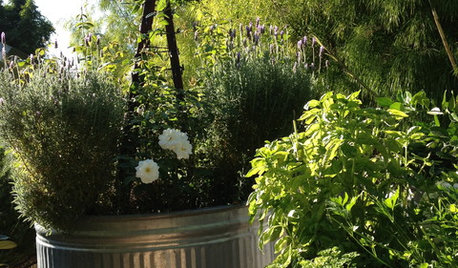

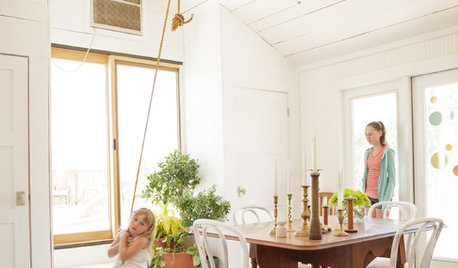
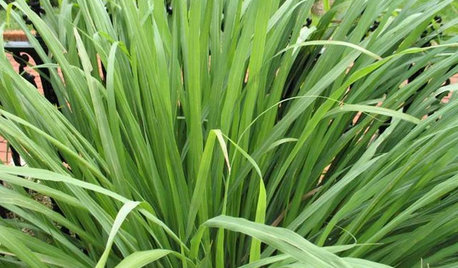
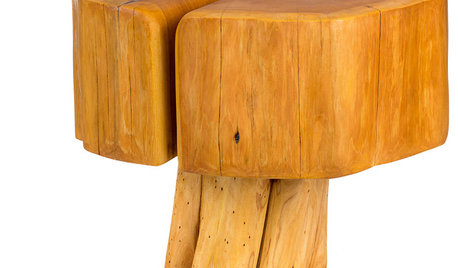

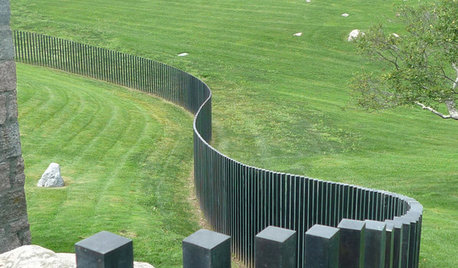
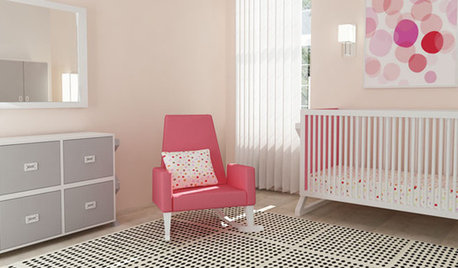





dchall_san_antonio
bpgreen
Related Discussions
Some basic questions from newbie
Q
What to grow when you're not growing?
Q
Enemies of the Florida Rose Grower
Q
Regarding Epis, specifically night blooming cereus (photos).
Q
User
volumetricsporetrapOriginal Author
User
bpgreen
User